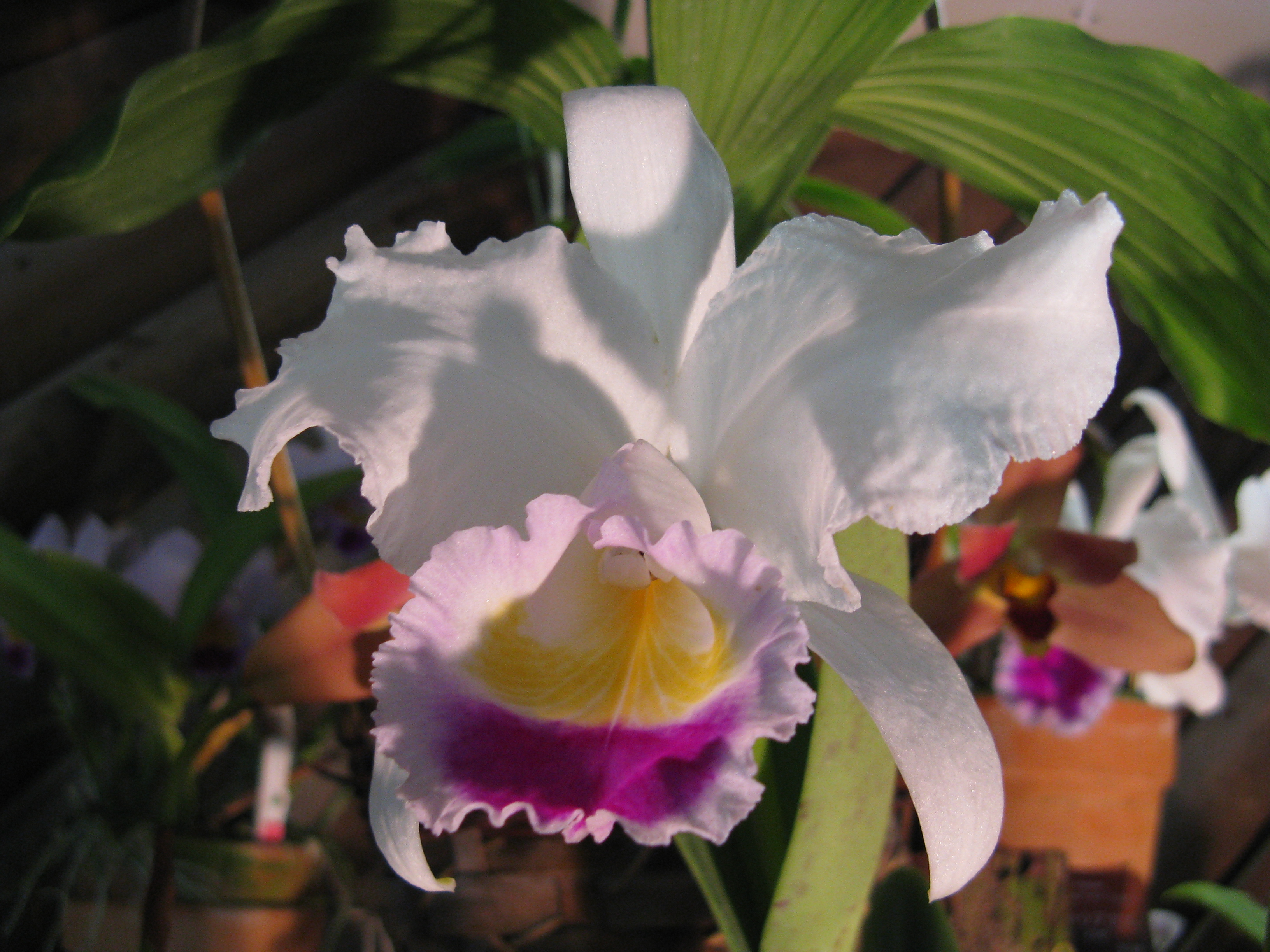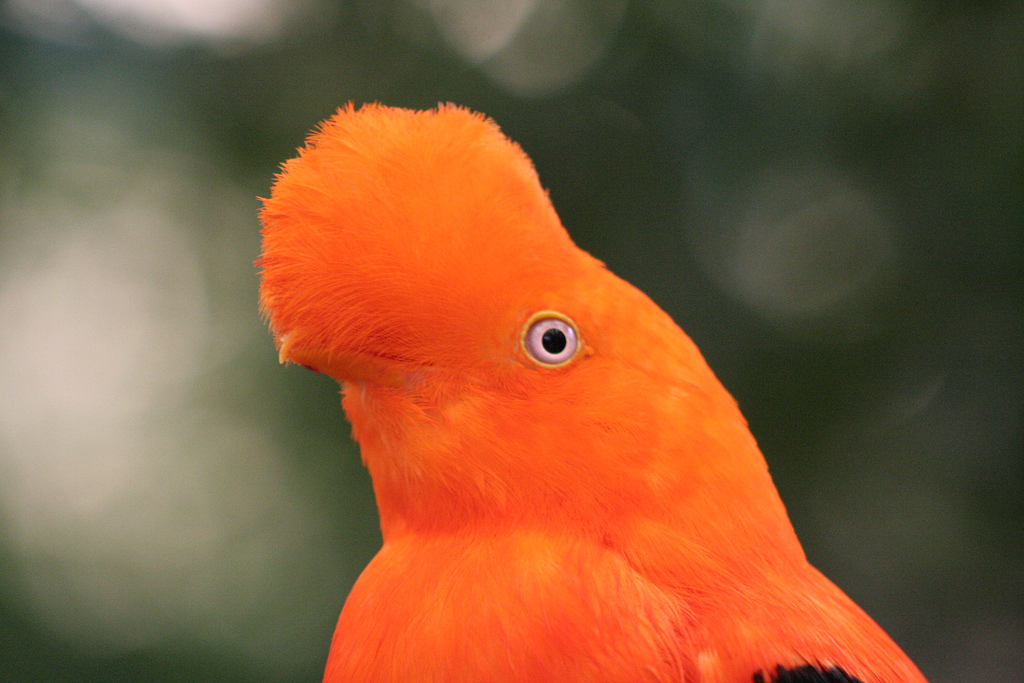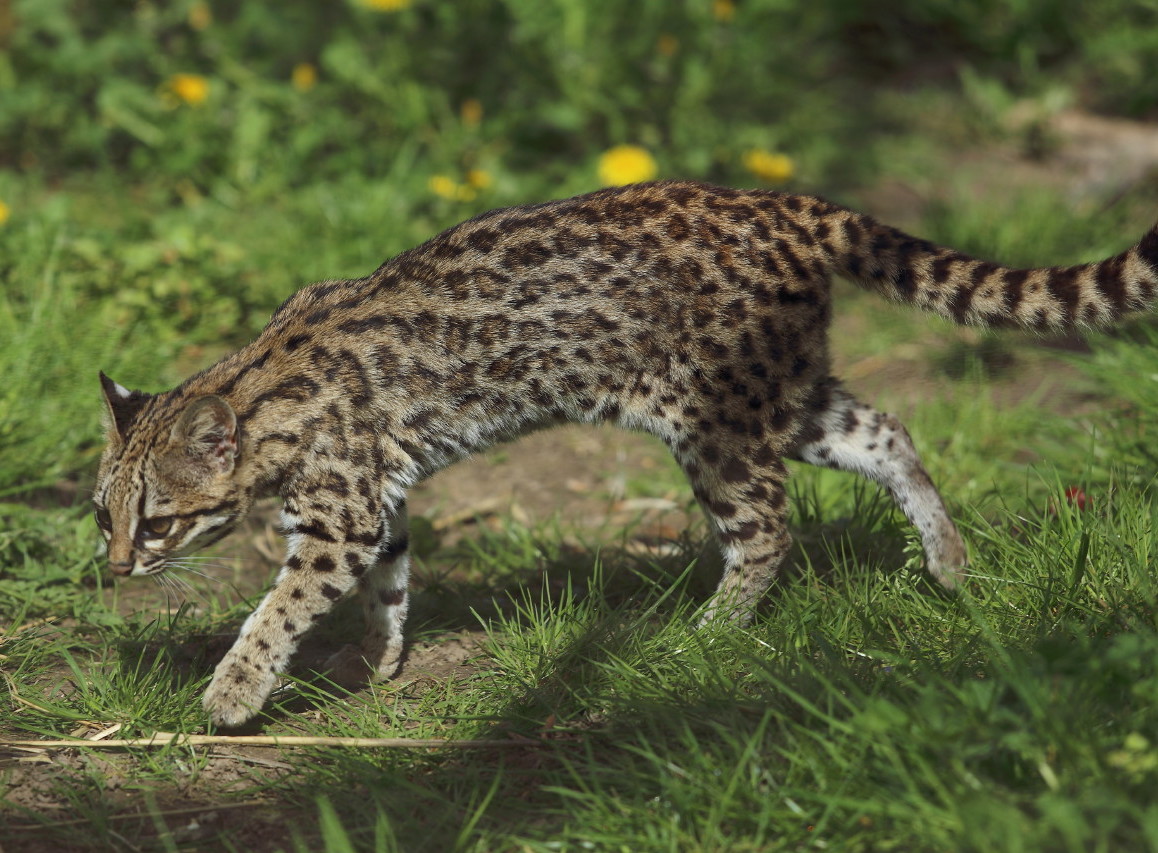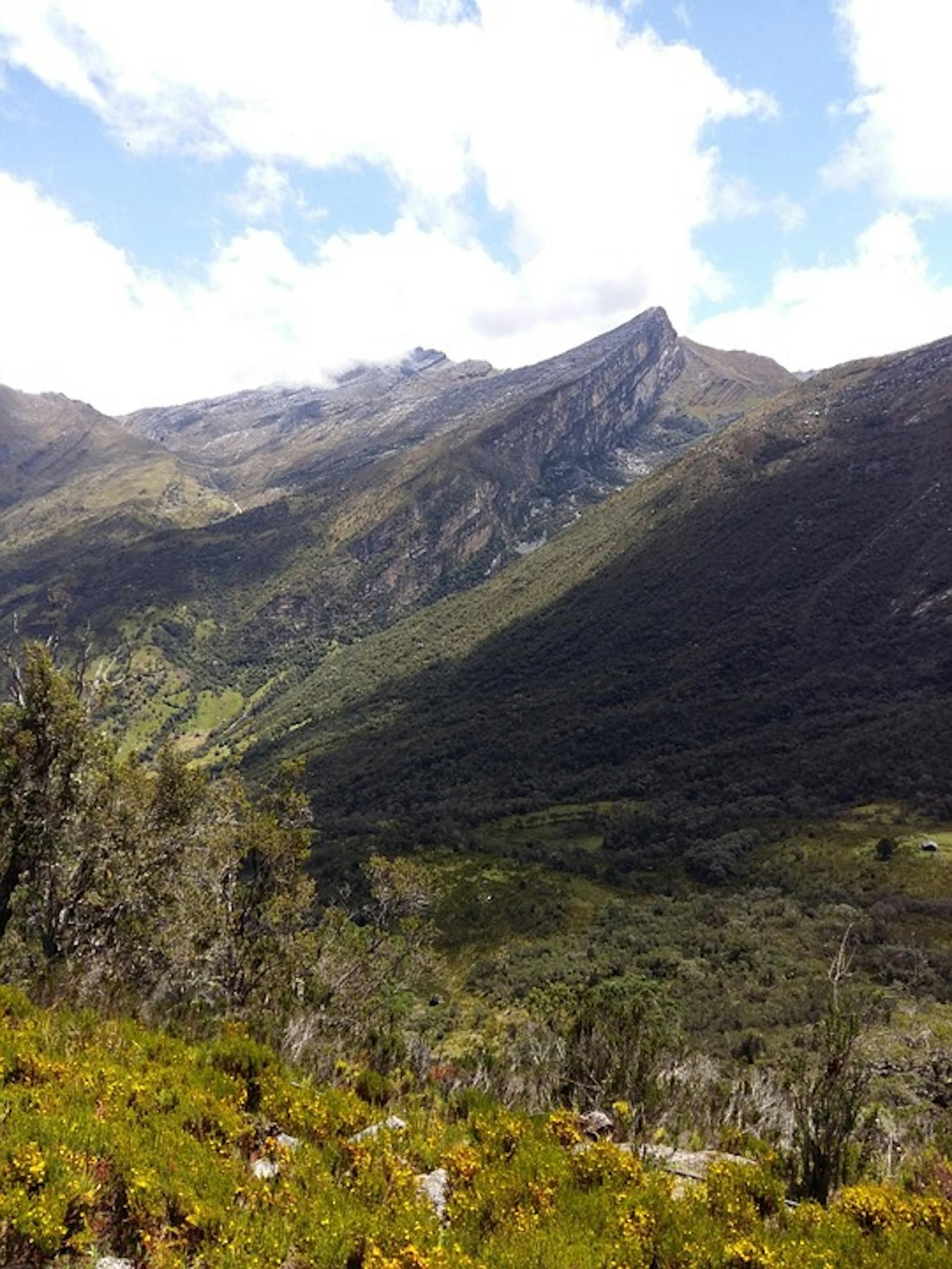Magdalena Valley Montane Forests
The ecoregion’s land area is provided in units of 1,000 hectares. The conservation target is the Global Safety Net (GSN1) area for the given ecoregion. The protection level indicates the percentage of the GSN goal that is currently protected on a scale of 0-10. N/A means data is not available at this time.
Bioregion: Andean Mountain Forests & Valleys (NT11)
Realm: Southern America
Ecoregion Size (1000 ha):
10,529
Ecoregion ID:
477
Conservation Target:
66%
Protection Level:
2
States: Colombia
The montane forests that flank the Magdalena River Valley are very rich in animal and plant diversity, including many endemic species. The Andean bear utilizes this habitat from 2,000 m to up to 4,750 m elevation. Also known as spectacled bears, they are well known for their white facial streams and patches which sometimes surround their eyes and look like glasses.
They have been cohabitating the high Andes with humans since the time of the Inca Empire, but the rapid expansion of human population in present day put immense pressure to their survival. Although the Andean bear is the largest “carnivore” in the higher elevations, its diet is only 5% meat, while the rest consists of berries and plants that are much more abundant in cloud forest and paramo habitats.
.jpg)
The flagship species of the Magdalena Valley Montane Forests ecoregion is the Andean bear. Image credit: Santiago Ron, Creative Commons
Magdalena Valley Forests grow on the inner slopes of the Eastern and Central cordilleras in the Northern Andes of Colombia. Here a cloud forest belt forms at around 1,800–2,200 m and again at 2,800–3,200 m. The climate is seasonally wet, with two rainy seasons between April and June, and October and December. The watershed drains towards the Atlantic Ocean through the Magdalena River and includes other important tributaries which are, the Suaza, the Saldaña, the Sumapaz, the Chicamocha, the Carare, the Cauca, and the Nechí.

Endangered Christmas orchid. Image credit: Creative Commons
The vegetation in these forests is very diverse, and rich in both plant and animal endemism. The most dominant trees are Spanish cedar, Colombian walnut, Spanish elm, Andean oak, wild cashew, bark tea, Yemeri wood, and the rosy trumpet tree just to name a few. Several orchids are endemic to these ecosystems, such as the national flower of Colombia, the Christmas orchid, that ranges to the upper Magdalena and the Warscewicz's Cattley's orchid to the San Lucas. The Nechi region is home to the little flag, one of the best-known orchids.

Andean cock of the rock. Image credit: Creative Commons
This ecoregion is very rich in endemic animal species along the upper Magdalena in the Huila territory, with species of birds such as the burrowing owl or velvet-fronted euphonia. Other birds found here are the blue billed curassow, the mountain eagle, the wattled guan, the endangered yellow-eared parrot, the golden-headed quetzal, the crested quetzal, and the Andean cock-of-the-rock, to name a few. Large vertebrates found in this forest include puma, little spotted cat, spectacled bear, spider monkey, Andean woolly monkey, the Colombian tapir, mountain tapir, red brocket deer, pacarana, mountain paca, red howler monkey, and many others.

Oncilla. Image credit: Creative Commons
Few areas remain in good condition because of overuse of land for coffee growing and farming. In addition, more than 70% of the Colombian population lives in this region and utilizes the resources. The best-preserved areas of the upper Magdalena are high montane forests around the Los Guacharos National Park, the slopes of Nevados del Puracé and Huila, and the Serranía de San Lucas. The remaining areas have forest fragments of variable size. These parks protect forests mostly above 3,000 m; in contrast there are few conservation efforts or initiatives for habitats below 2,000 m.
-Found%20in%20eco477-CC-Sharp%20Photography-2015.jpg)
Brazilian burrowing owl. Image credit: Sharp Photography, Creative Commons
The priority conservation actions for the next decade are to: 1) incentivize and promote the practice of sustainable agriculture; 2) create nature reserves to protect the remaining forest fragments in this ecoregion, particularly those below 2,000 m, and establish forest corridors between fragments, conservation areas, and altitudinal gradients to maintain connectivity; and 3) maintain water quality in water ways and preserve most of the fragments and bodies of water within this ecoregion.
Citations
1. Constantino, E. 2018. Northern South America: Western Colombia. https://www.worldwildlife.org/ecoregions/nt0136. 1 August 2018.
2. Complejo Ecoregional de los Andes del Norte (CEAN). Experts and ecoregional priority setting workshop. Bogota, Colombia, 24-26, July, 2000
3. Hernández-Camacho, Jorge, et al. 1992; Regiones Biogeográficas de Colombia, en La Diversidad Biológica de Iberoamérica, Halffter, G., Editor. CYTED-D, México.



